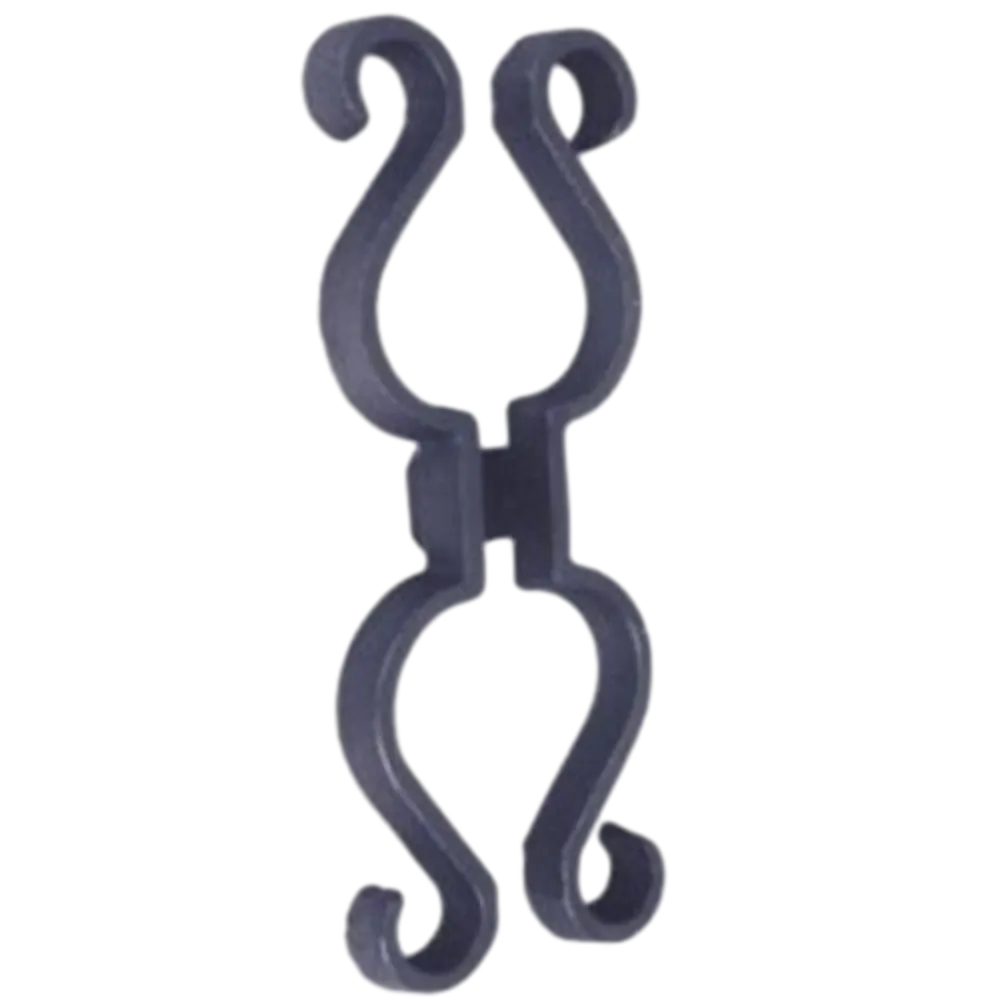Exploring the Beauty and Craftsmanship of German Ornamental Iron Artistry
The Art of German Ornamental Iron A Fusion of Craftsmanship and Aesthetics
German ornamental ironwork is a unique blend of artistry, tradition, and engineering that has evolved over centuries. This ancient craft, deeply rooted in the culture and history of Germany, encapsulates the essence of German precision and creativity. From decorative gates and railings to intricate furniture pieces, ornamental ironwork has adorned many structures, symbolizing both beauty and strength.
Historical Significance
The origins of ornamental ironwork in Germany can be traced back to the early medieval period when blacksmiths began crafting functional items for daily use. However, as the demand for artistic and decorative features increased, craftsmen began to experiment with their designs. By the Renaissance, ornamental ironwork had flourished significantly. This was a period of artistic rebirth in Europe, during which the fusion of art and functionality became a hallmark of craftsmanship. In Germany, blacksmiths started to produce more elaborate designs, utilizing twisted, forged, and wrought iron to create intricate patterns.
The Baroque and Rococo periods further pushed the boundaries of ironwork artistry. Ornamental iron became an integral part of architectural design, enhancing structures like churches, palaces, and civic buildings. German ironworkers skillfully incorporated motifs inspired by nature, geometric shapes, and mythology into their designs, resulting in a distinctive decorative style that captivated audiences.
Techniques and Materials
The versatility of iron as a material has contributed to its popularity in ornamental work. Blacksmiths employ various techniques, including forging, welding, and casting, to mold iron into stunning pieces. Forging, which involves heating the iron and shaping it with hammers and anvils, allows for a high degree of detail and complexity in design. This technique is particularly prevalent in German ornamental ironwork, as it enables craftsmen to create intricate scrolls, leaves, and other natural forms.
Wrought iron, known for its durability and malleability, is the primary material used in this craft. The ability of blacksmiths to manipulate wrought iron at high temperatures gives rise to detailed and flowing designs that are both aesthetic and functional. Cast iron, while less commonly used for intricate designs, offers a solid base for larger structures like gates and fences.
german ornamental iron

Contemporary Applications
Today, the legacy of German ornamental iron continues to thrive, merging traditional craftsmanship with modern design sensibilities. Contemporary artisans maintain age-old techniques while incorporating innovative ideas to appeal to current tastes. This evolution is evident in projects ranging from residential gardens to commercial architecture, where ornamental iron gates, railings, and light fixtures serve as stunning focal points.
The revival of interest in artisanal craftsmanship has led to a renewed appreciation for bespoke ornamental ironwork. Homeowners and designers often seek unique pieces that reflect their individual style and heritage. This shift towards personalization allows artisans to collaborate with clients, resulting in custom creations that tell a story and embody a sense of place.
Cultural Impact
In Germany, ornamental ironwork is more than just a decorative feature—it's a significant part of cultural heritage. Many towns and cities proudly showcase their historical ironworks, which often serve as landmarks. Festivals and events are organized to celebrate this craftsmanship, drawing artisans from across the country to demonstrate their skills and share their knowledge with the community.
Moreover, various museums and exhibitions emphasize the historical significance of German ironwork, preserving its legacy for future generations. Through educational programs, workshops, and apprenticeships, the next generation of craftsmen continues to learn and hone the skills necessary to keep this art form alive.
Conclusion
German ornamental ironwork is a captivating narrative woven through centuries of tradition, artistry, and cultural significance. It serves as a testament to the ingenuity and creativity of skilled craftsmen who transform raw materials into timeless pieces of beauty. As this art form evolves, it continues to inspire a sense of awe and appreciation for the intricate interplay between functionality and design, ensuring its place in both historic and contemporary contexts. With each forged piece, the story of German ornamental ironwork unfolds, echoing the rich tapestry of Germany's cultural history while adapting to the modern world.
-
Wrought Iron Components: Timeless Elegance and Structural StrengthNewsJul.28,2025
-
Window Hardware Essentials: Rollers, Handles, and Locking SolutionsNewsJul.28,2025
-
Small Agricultural Processing Machines: Corn Threshers, Cassava Chippers, Grain Peelers & Chaff CuttersNewsJul.28,2025
-
Sliding Rollers: Smooth, Silent, and Built to LastNewsJul.28,2025
-
Cast Iron Stoves: Timeless Heating with Modern EfficiencyNewsJul.28,2025
-
Cast Iron Pipe and Fitting: Durable, Fire-Resistant Solutions for Plumbing and DrainageNewsJul.28,2025
-
 Wrought Iron Components: Timeless Elegance and Structural StrengthJul-28-2025Wrought Iron Components: Timeless Elegance and Structural Strength
Wrought Iron Components: Timeless Elegance and Structural StrengthJul-28-2025Wrought Iron Components: Timeless Elegance and Structural Strength -
 Window Hardware Essentials: Rollers, Handles, and Locking SolutionsJul-28-2025Window Hardware Essentials: Rollers, Handles, and Locking Solutions
Window Hardware Essentials: Rollers, Handles, and Locking SolutionsJul-28-2025Window Hardware Essentials: Rollers, Handles, and Locking Solutions -
 Small Agricultural Processing Machines: Corn Threshers, Cassava Chippers, Grain Peelers & Chaff CuttersJul-28-2025Small Agricultural Processing Machines: Corn Threshers, Cassava Chippers, Grain Peelers & Chaff Cutters
Small Agricultural Processing Machines: Corn Threshers, Cassava Chippers, Grain Peelers & Chaff CuttersJul-28-2025Small Agricultural Processing Machines: Corn Threshers, Cassava Chippers, Grain Peelers & Chaff Cutters












